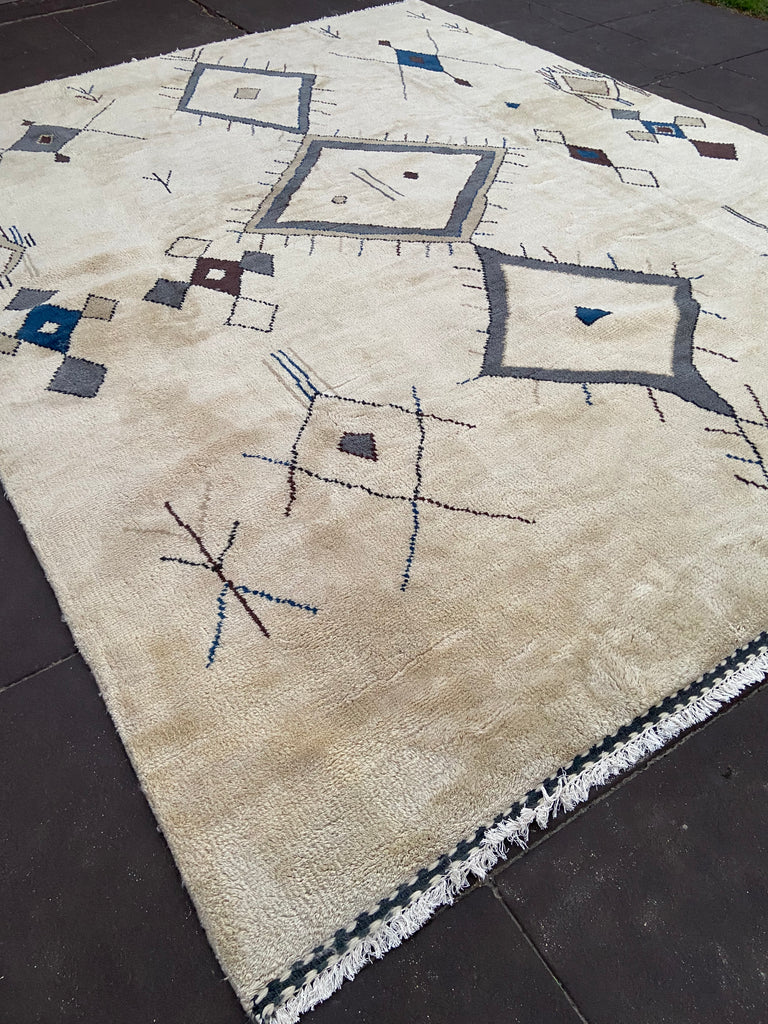Essaouira and it's heritage of Moroccan Rugs
The Moroccan city Essaouira handmade rugs textiles or Mogador as it was once called, is one of the most famous little places in Morocco. Orson Welles came here when he needed a location for Othello, and centuries earlier the Portuguese captured the town in an attempt to dominate Atlantic trade. It is not hard to see why Welles chose this old fishing port, idyllically situated on a promontory overlooking the Atlantic Ocean. Even today, Essaouira, weather viewed from the sea, from the fort guarding the harbor entrance or from inside the narrow laneways of the old city, is unchanged since the time when it was a Portuguese stronghold. Long before Welles came here to make a film, the Romans came to make purple. On a tiny island just off the entrance to the harbor, Emperor Juba II established dye works for the production of purple, the most sought-after colour in the Roman Empire. As a symbol of rank and honor, the prestige attached to a purple cloak was unimaginable. Thus the dye works entrusted with this rare and precious commodity were kept strictly low-profile. The tribal inhabitants of Mauritania, as it was then known, were already skilled in preparing dyes from local vegetable and mineral sources. Indigo was used for blues and greens, madder root for red, pomegranates skins for black, saffron and almond leaves for yellow, and tea and henna for red-brown earth tones. The purple comes from the murex shell, made with the best shared wool from the top of the sheep that gets the most sun.



